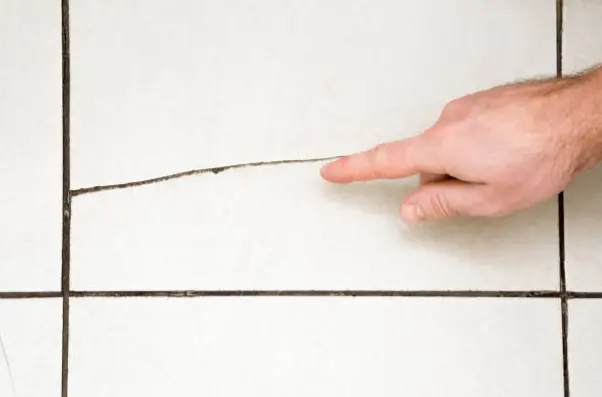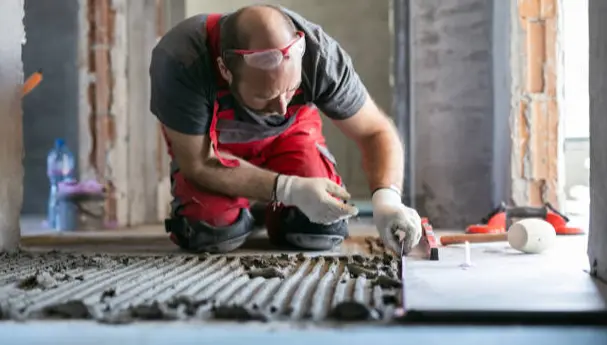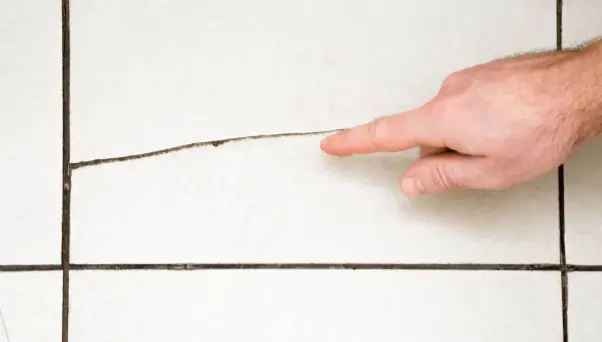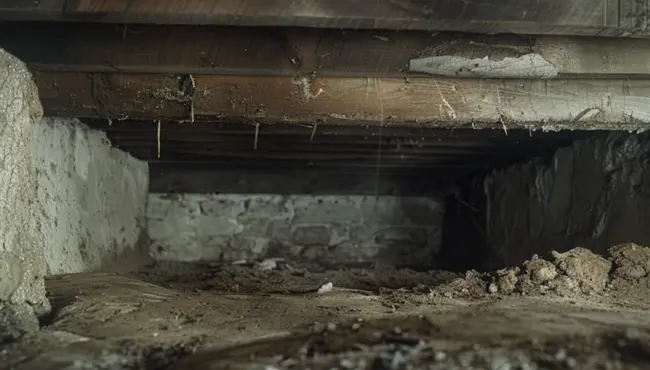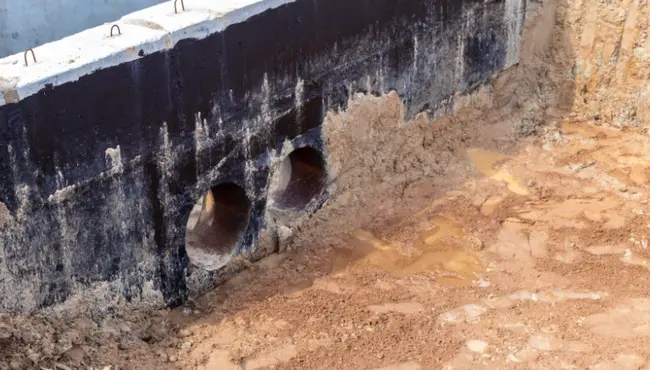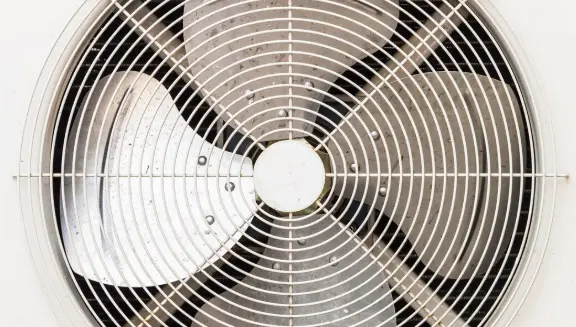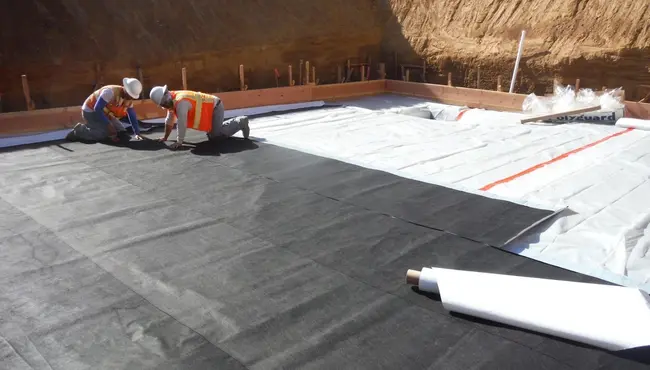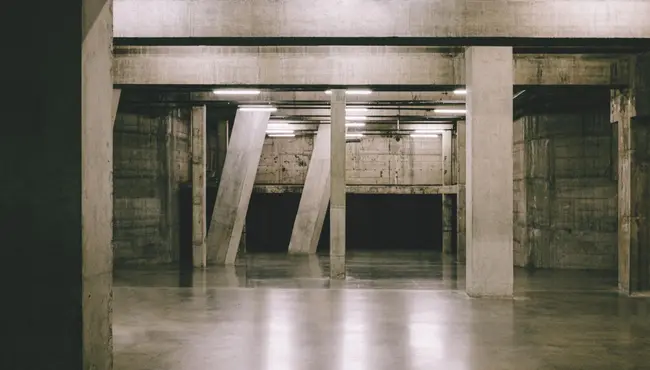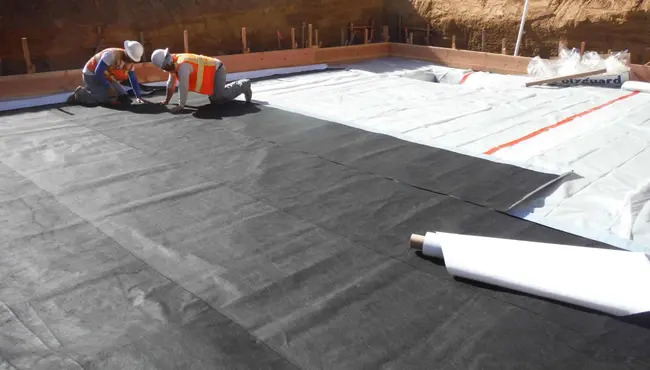Tile is only as reliable as what’s underneath it. If the surface below shifts or cracks, it can lead to damage that’s often costly to fix. That’s where a crack isolation membrane comes in—it helps protect your tile by absorbing movement and handling the hidden issues that can cause problems down the line.
What Is a Crack Isolation Membrane and Why Does It Matter?
A crack isolation membrane is a flexible layer that goes between the tile and the surface it’s being installed on. Its main job is to keep cracks in the surface below from spreading up into the tile. These membranes are usually made from tough sheets or liquid coatings that dry into a protective layer. They’re built to handle the natural movement of a building—like shifting or settling—so your tiles stay intact and don’t crack over time.
How Crack Isolation Membranes Handle Real-World Movement
Whether you're installing natural stone, porcelain, or ceramic tile, a crack isolation membrane helps protect your floor by absorbing movement and spreading out the stress that can cause damage. These shifts can happen in lots of ways:
- Concrete slabs can expand or shrink with changes in moisture and temperature.
- Wood subfloors may flex as humidity levels rise and fall.
- Even things like small earthquakes or nearby construction can create vibrations that put pressure on your tile.
Without a membrane to absorb that movement, it’s common to see cracks in the grout—or even in the tiles themselves. That’s where Polyguard’s Tileguard™ membrane comes in. Made with a layer of rubberized asphalt and fabric, it’s built to flex, move, and protect your tile from the wear and tear that comes with everyday life.
Why You Need a Crack Isolation Membrane
Not every tile job needs a membrane, but in many cases, it’s a smart move—and skipping it when it’s actually needed can lead to expensive repairs later on. If the surface you’re tiling over has any cracks, even small ones, a membrane should definitely be used. This includes concrete floors with shrinkage cracks or joints, as well as wood subfloors that tend to flex under weight. Even if the surface looks fine now, it can still shift or settle over time. That’s why adding a membrane is often a simple way to protect your tile and avoid problems down the road.
Common Causes of Substrate Movement
- Concrete expands and contracts with temperature changes.
- Bathrooms, kitchens, and other wet areas expose surfaces to moisture that makes materials swell or shrink.
Outdoor tile has to deal with freeze-thaw cycles that put stress on the surface over and over again. Indoors, areas like lobbies, kitchens, and busy entryways take a beating from constant foot traffic, vibration, and impact. And even something as minor as a building settling over time can cause just enough movement to crack tile or grout.
A membrane acts like a cushion, absorbing that movement before it reaches the tile. Without this layer of protection, even a well-done tile job can eventually develop cracks that not only look bad but also affect how the floor holds up.
Crack Isolation Membranes for Modern Tile Design
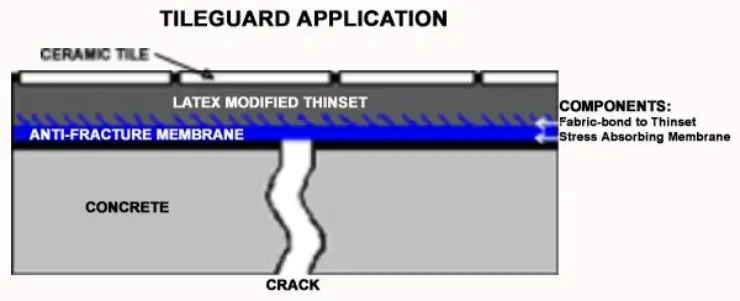
Modern tile trends are making membranes more important than ever. Large-format tiles, ultra-thin porcelain panels, and natural stone are now common in both homes and commercial spaces. But as tiles get bigger and grout lines get smaller, there’s less room for movement underneath. Larger tiles don’t flex much, so even small shifts in the surface below can lead to cracks.
Types of Membranes for Tile Installations
There are a few different options, including sheet-applied, liquid-applied, and fabric-reinforced membranes—each with its own benefits depending on the project.
For large-format tiles in wet areas, a dual-purpose membrane that offers both crack protection and waterproofing is often the way to go. These tiles need a very stable base, and that’s where a high-performance membrane like Polyguard’s Tileguard™ makes a big difference. Its added thickness and flexibility help it manage movement and moisture without affecting the look of the finished space.
From large-format tiles in a sleek living room to thin porcelain panels on commercial walls, Tileguard™ provides reliable protection while letting the design shine.
Choosing the Right Membrane for the Job
Choosing the right membrane starts with understanding what the space will be exposed to. In areas where water is a factor—like showers, balconies, or commercial kitchens—it makes sense to use a membrane that handles both crack isolation and waterproofing. Tileguard™, with its 40-mil thickness, is built for exactly that. Its rubberized asphalt core flexes to handle movement in the surface below, while the fabric top layer grips tile mortar securely to keep everything in place.
Busy spaces like retail stores or hotel lobbies also benefit from thicker, reinforced membranes that can stand up to daily foot traffic and constant vibration. For outdoor installations, it’s especially important to have a membrane that can handle freeze-thaw cycles. Without it, the rapid expansion and contraction from cold weather can cause cracks over time. With both crack protection and moisture control, Tileguard™ helps ensure long-lasting tile installations indoors and out.
Proper Installation Practices
Even the best membrane won’t perform properly if it’s installed incorrectly. Following best practices ensures that the membrane does its job and prevents costly tile failures.
Standard Installation Practices
Start by making sure the surface is clean, dry, and level. Any leftover dust, grease, or debris can keep the membrane from sticking properly. When working with sheet membranes, measure and cut them carefully so they fit just right—without gaps or overlaps. Depending on the surface, you might need to apply a primer first to help the membrane bond better. Once it’s in position, press the membrane down firmly to remove any air bubbles and make sure it fully sticks to the surface.
Handling Complex Installations
Challenging environments—like outdoor areas, commercial kitchens, or places that are prone to flooding—need extra care during installation. Seams and edges should be sealed thoroughly to keep water from getting in. If you’re using a liquid-applied membrane, it’s important to apply it in smooth, even layers. Tools that measure thickness can help make sure you're putting down the right amount.
For new concrete, always check the moisture levels first to be sure it’s fully cured before applying any membrane. Skipping these steps or rushing through the job is one of the main reasons installations fail. But with the right prep and attention to detail, membranes can offer strong, long-lasting protection.
Membranes for Exterior and High-Stress Installations

Outdoor and high-traffic tile areas deal with some of the toughest conditions in construction. Constant moisture, freeze-thaw cycles, and heavy foot traffic can put serious stress on tile surfaces, often leading to cracks or tile coming loose over time. Even a flawless installation can fail if there’s no membrane to absorb that movement.
That’s where Polyguard’s Tileguard™ comes in. Built for demanding environments, it offers both crack isolation and waterproofing in one solution. Whether it’s a plaza, patio, rooftop terrace, or restaurant courtyard, Tileguard™ helps tiles handle the everyday expansion, contraction, and wear that come with outdoor or commercial spaces—while keeping the surface looking great and performing well for years to come.
The Value of Membranes in Every Tile Project
Using a membrane isn’t just about stopping cracks—it’s about protecting the time, money, and effort that go into a quality tile installation. In a residential bathroom, luxury commercial lobby, or busy outdoor area, a membrane adds crucial protection to help tile last longer and perform at its best. And when the membrane also offers waterproofing, it’s an even smarter choice—tackling two of the biggest causes of tile failure in one step.
Protect Tile Installations with Polyguard Crack Isolation Membranes
Polyguard offers high-performance solutions that prevent costly tile failures and extend the life of installations. By selecting a crack isolation membrane designed for real-world conditions, builders and contractors gain peace of mind and deliver higher value to clients. Contact us today for more information.
